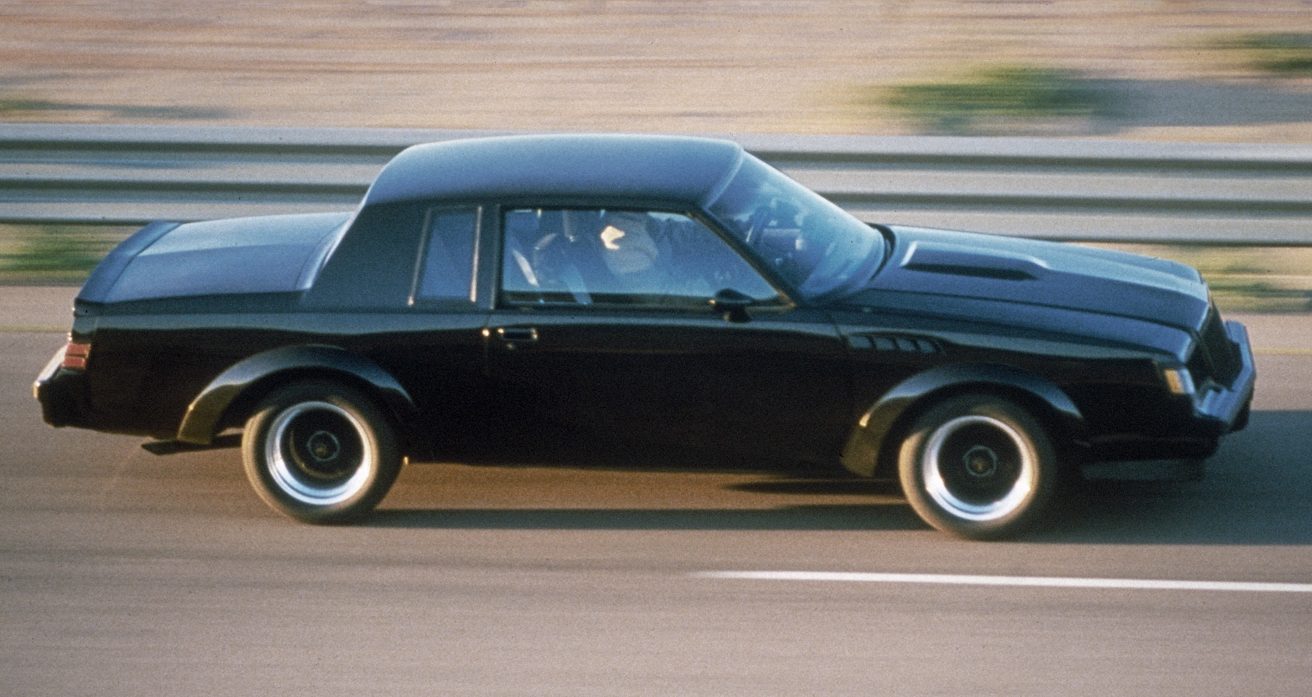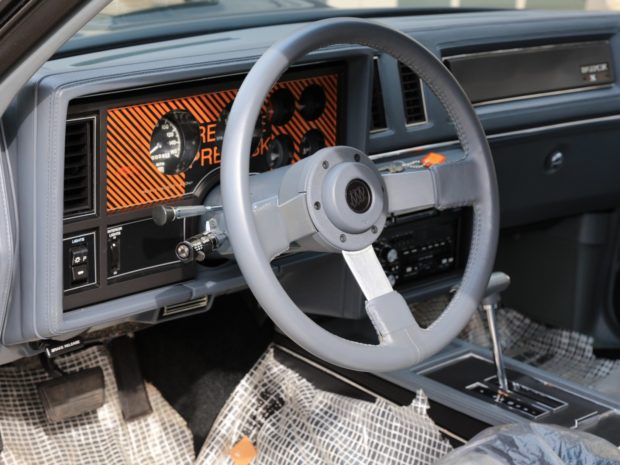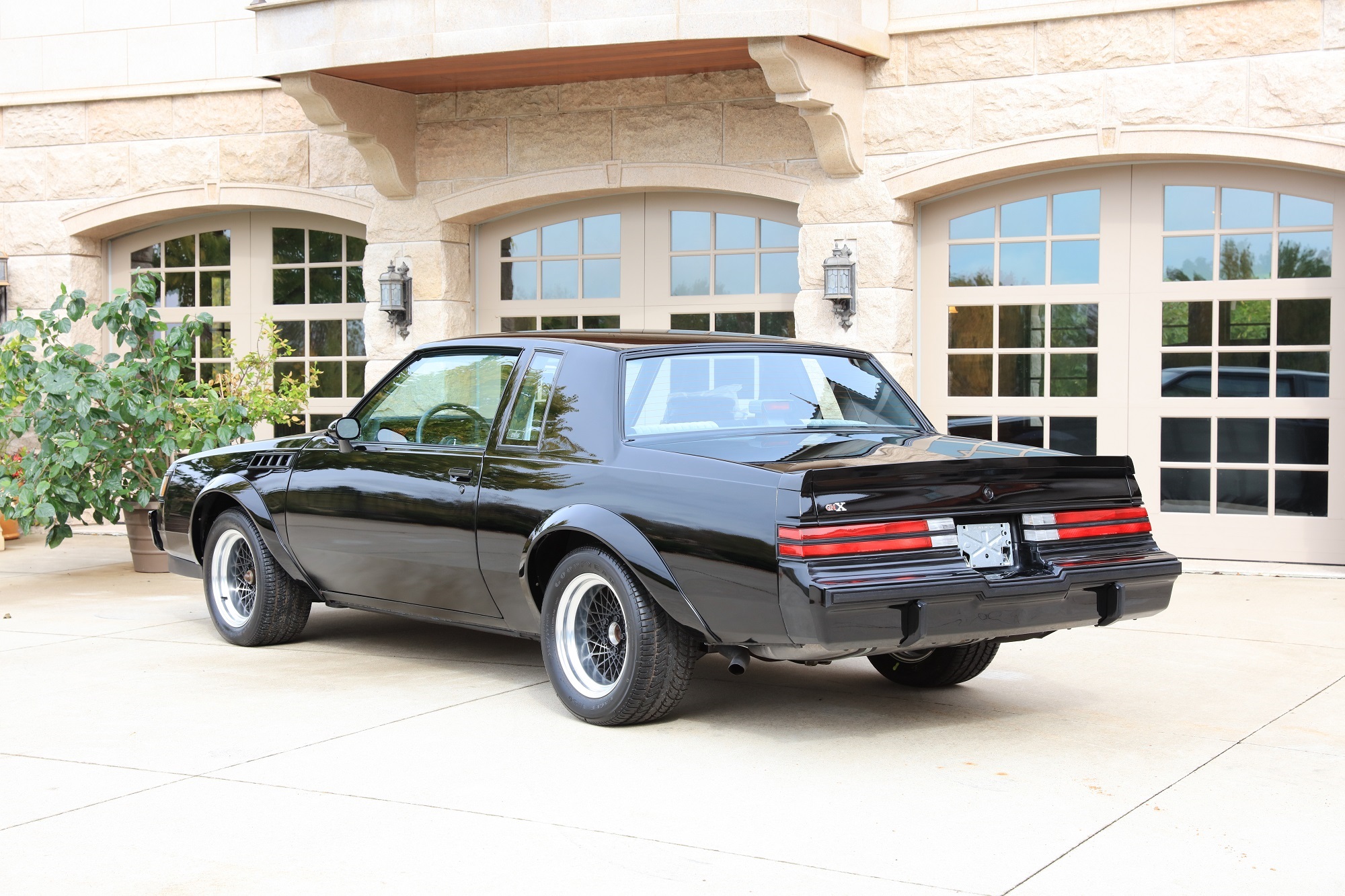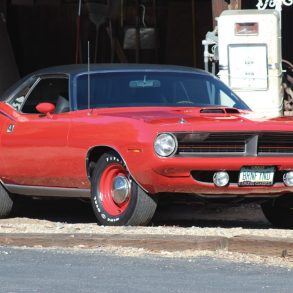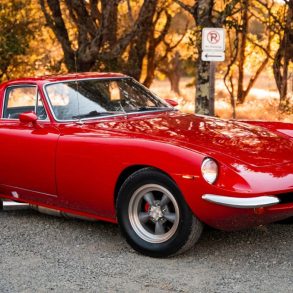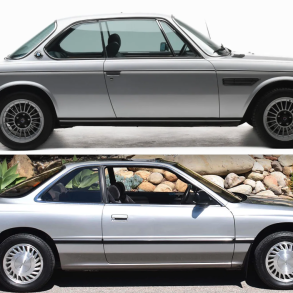Car Design is a wicked beast. The purpose of design is to create both alluring and engaging combinations of mechanical and sculptural elements as a means to attracts buyers willing to pay money to possess such an object. But once the car is released, a whole new series of considerations changes what makes it beautiful, important, or desirable.
For the most part, cars are designed to transport you from one point to another. But this is just their functional purpose. Cars also have aesthetic, athletic, emotional, nostalgic, and visceral purposes that continually strike a chord with a large part of the population. No one knows what makes a car lasting or enduring, but certainly performance and beauty are two components that have proven key to the longevity and perceived value of a collectible vintage car.
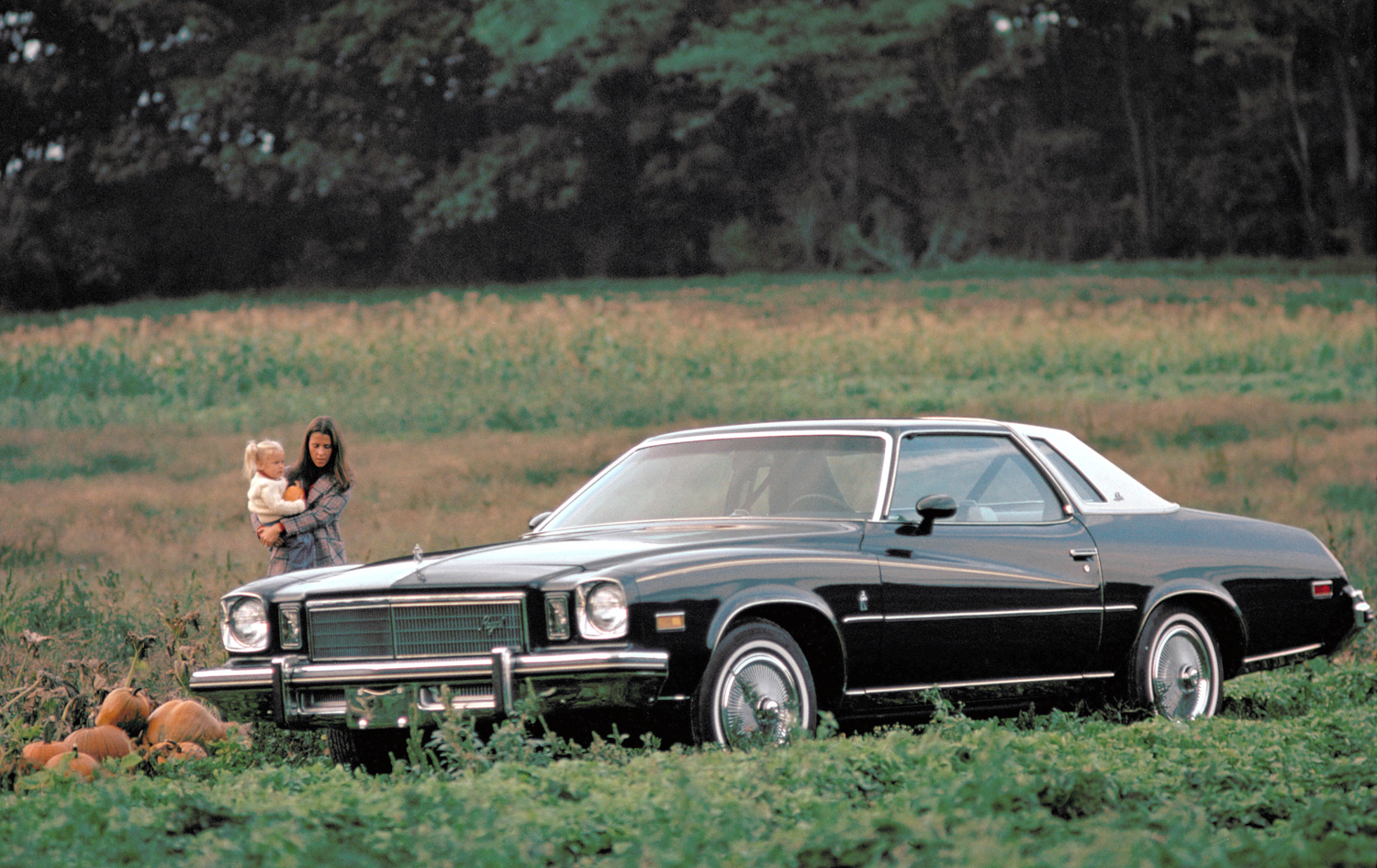
32 years ago GM launched a car that somehow struck that chord. The unlikely candidate to deliver this sucker punch of power was the Buick Regal. Yes, THAT Buick and that Regal – the one with the velour bench seats, opera landau roof, and wire wheel covers. You know the car. My mom had one. Probably everyone’s mom had one at one time. It might have even been a requirement. I’ll dispense with the history lesson of how the Buick evolved but somewhere along the way, the power of a turbocharged V6 engine with suspension changes and some otherwise insane upgrades courtesy of McLaren (yes, THAT McLaren) gave birth to the Grand National. Oh, and then there was the Grand National X or GNX. Just 547 of these were built and almost immediately garnered a rabid following. The GNX was capable of 12.7-second quarter miles off the showroom floor via the 300 hp engine. For context, the Ferrari 328 was 2 seconds slower. With slight modifications a GNX could easily get into the sub 10-second quarter mile. This, for a door slammer street car.
Visually the car was still just a Buick Regal, but it featured special wheels and tires, black paint with black out grille and headlight bezels, flared fenders, and tasteful ’80s era trim. If you were brave enough to pay the additional $11k for the GNX option, this put you out the door at a whopping $30k. Yes, $30k…for a Buick. If you were inclined toward enjoyment, you might put on your Member’s Only jacket, Rayban shades, tight white pants, and go cruising for Porsches to consume. But if you thought that one day this might be worth more, maybe even a lot more, you would park it and never add a mile more than the 8 miles delivered when new. Such is the case when Bringatrailer hammered the final bid on an 8 mile GNX selling it for what I believe is a record for any GNX, $200k. We can spend a lot of time talking about the merit of the sale or the foolishness of never driving it, but I would rather talk about what this car means and why it will continue to be a sought after icon of the 1980s.
When first released, the GNX captured every aspect of the “breakout” that GM and other American car brands desperately needed. The malaise of the late ’70s wallowed into the 1980s begetting such venerable foolishness as the Cadillac Cimarron. There was no sign of improvement on the horizon. The most interesting development was the 1986 Ford Taurus, a softened invitation to the organic architecture that would launch a new era of car design. So it was all the more fitting that the black GNX with its sinister angular presence, upright formality, and awkward plankiness, would arrive in stark contrast to the prissy aged, bloated Elvis Regal that Buick had become.
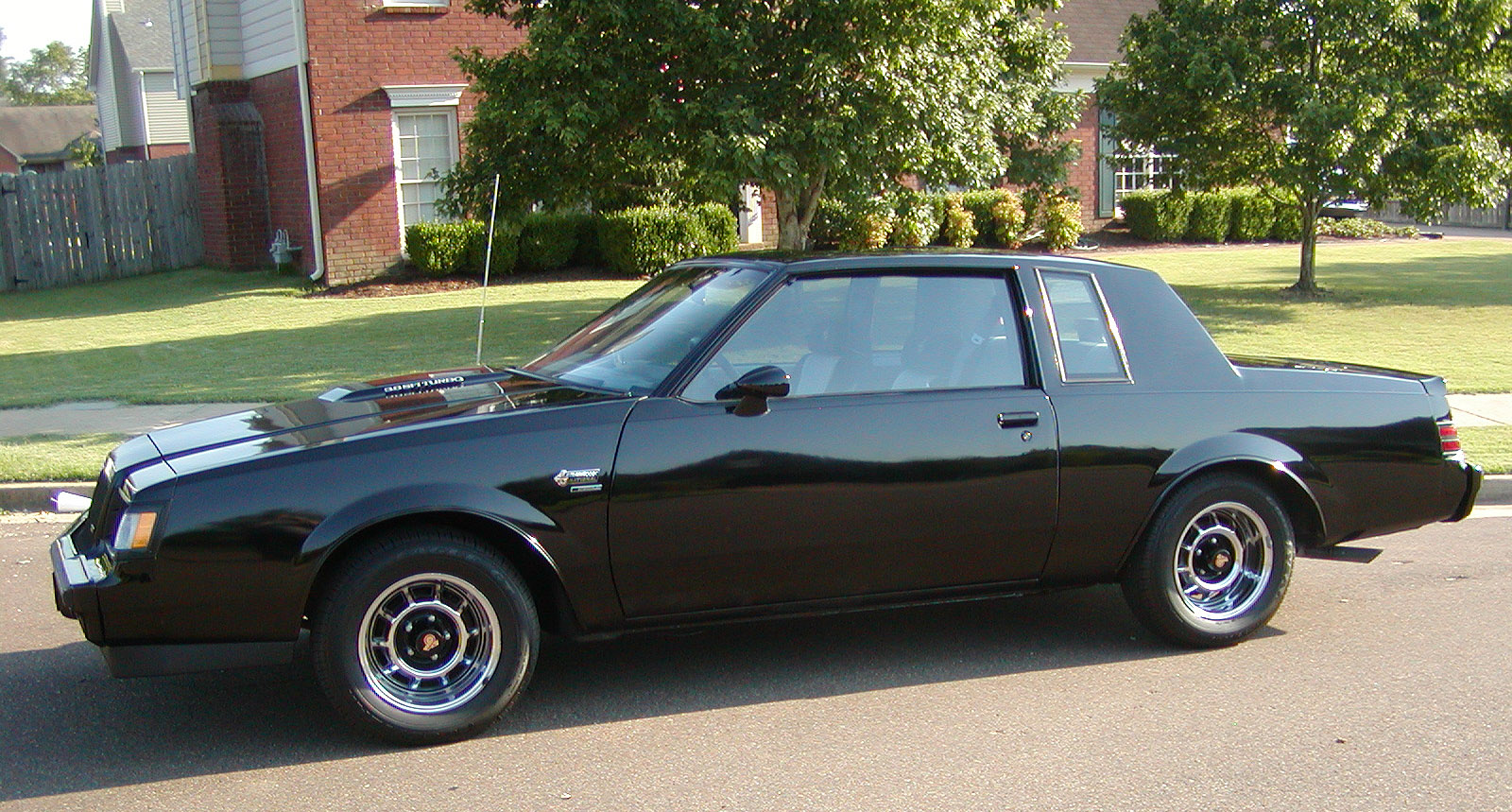
Buick wasn’t always the stodgy grandma of the GM lineup. Back in the heyday, Buick offered top performance models, speed and innovation, along with award winning design, truly setting the Buick brand apart. But, by 1987, all that innovation had long worn off. So when the GNX arrived, the hearty juxtaposition of the Buick brand trussed around the powerful Darth Vader aesthetics, it hit the formerly unknown sweet spot of ridiculous and captivating. The GNX was the Def Jam-era, Beastie Boys of the American Automobile industry, delivering a guttural war cry of power and stealthy presence formerly banished from brand offerings. If ever there was a slap in the face of the car industry, the GNX not only did it, it landed hard and fast against everything that the auto industry was supposed to be doing, but was afraid to do. Arguably the GNX was the first car of the 1990s. Opening the door for performance cars like the Viper, the SHO, the SOHC motor Mustang, and other beefy beastie boys, which led a second Muscle car revolution that lingers still today.

Fast forward 32 years and we find ourselves witnessing a bidding war for the ultimate pristine GNX; a $200k smack down car, with plastic wrapping still on the seats, perfect factory markings, and virtually no miles. A time capsule for a period that lasted only briefly but set the standard for a whole new way of looking at performance and excess, wrapped in a deceptively conservative blanket. Every time I see a GNX I think of one of the first scenes in Star Wars. Darth Vader is introduced to the audience by a challenge from one of his generals. We don’t know Vader’s power yet, but within moments, Vader clutches the general by the neck, lifting him while administering a motivational speech. No one in the audience saw it coming. Just like this auction, just like the Beastie Boys, and very much like the next generation of collectors will also find – the GNX will always capture its audience by the throat and deliver the good, the bad, and the ugly in a strangely beautiful way.


